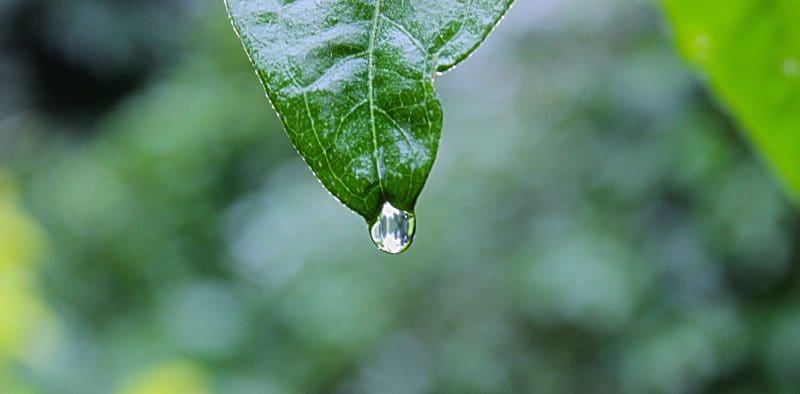We have less control over our plants during prolonged periods of rain or flooding than during drought. Unless they are in moveable containers, there is little we can do except wait for the weather to change.
If your soil is waterlogged, chances are good your plants are showing signs of stress. Water logged and flooded soil has insufficient amounts of oxygen in it for the plants roots to take up and release water. Plants may look like they are wilting, but it is not because of too little water, it is because they can no longer access the available water. This leads to root rot and decline.
Signs your plants have been damaged by waterlogged soil include: stunting, yellowing leaves, twisting leaves, dropping leaves, soft spongy areas at the base of the plants, wilting despite plenty of water, roots turning dark with a rotting odor.
Some plants prone to root rot from prolonged wet soil are Rosemary, Esperanza, Cape Honeysuckle, Plumbago, Tomatoes, Peppers, and Texas Sage. Just because a plant shows signs of distress does not mean it will or will not recover.
A few things we can do to help them recover quicker is to poke air holes around the root system of the plant to allow them to dry out faster. If the wilting persists, you can cut the plants back to eliminate some of the foliage since the plant has lost roots. Next, improve drainage in the area by adding expanded shale.
 -DeAnna
-DeAnna



Wayne says
Should I cut the roots back some to where is less rot?
DeAnna says
Do not prune waterlogged plants at this time. The more foliage the better to take up the excess moisture. Lets re-evaluate after this weeks rain.
james says
Dan, I did not write this article, and am more pessimistic than the writer. Some people even recommend drilling numerous holes with a 2″ auger throughout the root zone, maybe 16″ deep, and filling with pea gravel, or better would be expanded shale or calcined clay. But if water tends to stand in that area, yes I agree it would just refill that hole with more water. So my thought is, if you lose plants in that area, you have three choices- replant and hope it lasts for a year or more before the next prolonged or excessive rainfall event kills it again, or fix the drainage by raising the low area or by cutting a swale to allow water to run off, or planting more water-tolerant plants, like crinum lily or canna lily.
Dan says
How many holes and how deep should they be? Do we make the holes after the rain? Will the water gets to root if holes are made to early. With more rain the the forcast.
Thank you